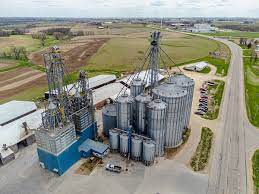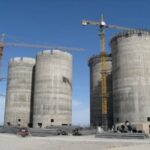Ensuring Silo Safety: Understanding Key Requirements

Silo safety is paramount in industries that rely on these structures for storing bulk materials such as grains, cement, or chemicals.
Mishaps in silos can lead to devastating consequences, including loss of life, property damage, and environmental pollution.
To mitigate these risks, stringent safety measures and regulatory requirements must be adhered to.
Structural Integrity
One of the fundamental aspects of silo safety is ensuring the structural integrity of the silo itself. Regular inspections by qualified engineers are essential to detect any signs of wear, corrosion, or structural weaknesses. These inspections should encompass not only the exterior of the silo but also its internal components such as walls, floors, and support structures.
Proper Ventilation
Proper ventilation within silos is crucial to prevent the buildup of hazardous gases such as carbon monoxide and methane. Ventilation systems should be designed to facilitate the safe release of gases that may accumulate during the storage process. Additionally, adequate airflow helps prevent moisture buildup, which can lead to mold growth and compromised material quality.
Fire Prevention and Protection
Silo fires pose a significant threat due to the combustible nature of many stored materials. Implementing fire prevention measures such as regular cleaning to remove dust buildup, installing spark detection systems, and providing fire suppression equipment like sprinklers or extinguishers are essential to minimize the risk of fire-related incidents.
Safety Training and Procedures
Ensuring that personnel are adequately trained in silo safety protocols is paramount. Employees should be educated on proper handling procedures, emergency response protocols, and the use of personal protective equipment (PPE). Regular drills and training sessions can help reinforce safety practices and ensure that employees are prepared to respond effectively in case of an emergency.
Compliance with Regulations
Regulatory agencies often establish specific requirements for silo safety, depending on the type of material being stored and the local regulations. It is essential for silo operators to stay informed about these regulations and ensure compliance to avoid penalties and, more importantly, prevent accidents.
Conclusion
In conclusion, maintaining silo safety requires a comprehensive approach that addresses structural integrity, ventilation, fire prevention, safety training, and regulatory compliance. By prioritizing safety measures and adhering to established protocols, industries can mitigate the risks associated with silo operations and ensure the well-being of both personnel and the surrounding environment.




